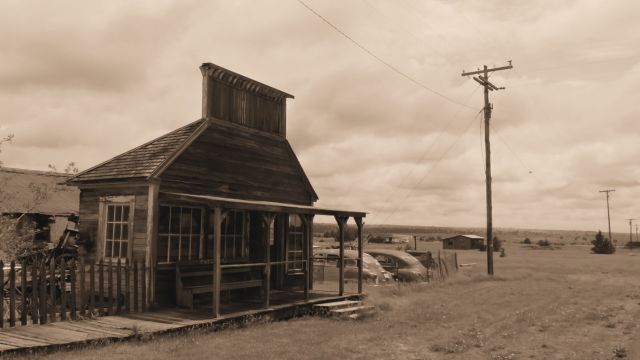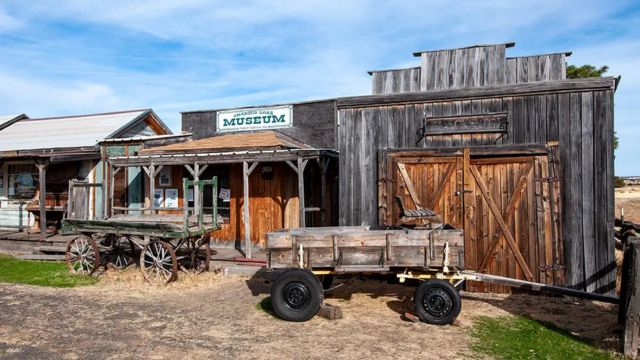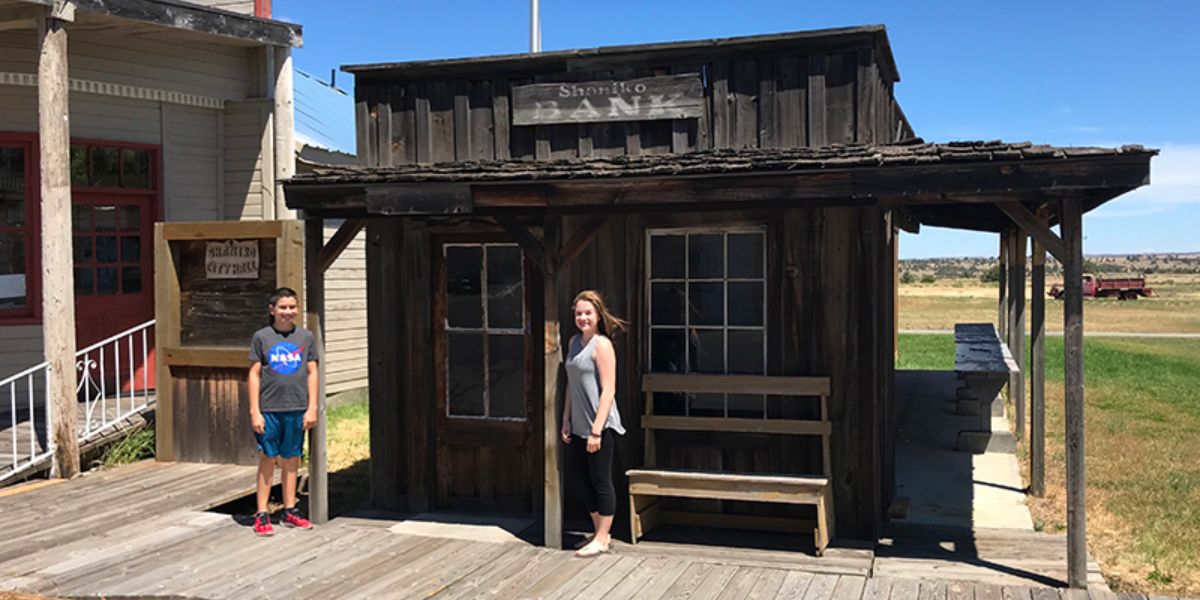Oregon boasts a wealth of history and natural splendor, yet it harbors its fair share of enigmas. Among them is Shaniko, a ghost town situated in Wasco County, approximately 150 miles southeast of Portland.
Once a thriving hub for the wool industry, Shaniko experienced a swift decline attributed to factors like fire, economic shifts, and isolation. Today, it stands as a ghost town, holding onto its historical and cultural heritage, inviting visitors eager to unravel its mysteries.
The Rise and Decline of Shaniko
Shaniko was established in 1900 when the Columbia Southern Railroad extended to the region, linking it with the rest of the state. The town derived its name from August Scherneckau, a pioneer who settled there in the 1870s and operated a stagecoach station. The local Native Americans pronounced Scherneckau’s name as “Shaniko,” and the town adopted this spelling.
The town quickly became a central point for the wool industry, surrounded by expansive sheep ranches producing high-quality wool. Shaniko boasted a wool warehouse capable of storing up to four million pounds of wool, shipping it to markets nationally and internationally.

At its zenith, Shaniko processed more wool than any other city globally, excluding London, England. It earned the moniker “Wool Capital of the World” and had a population exceeding 600 residents.
Shaniko featured a thriving business district, hosting hotels, saloons, stores, banks, a newspaper, a school, a church, and a post office.
Known for its vibrant social scene, the town organized dances, concerts, rodeos, and fairs. Shaniko was a modern and prosperous community, equipped with electricity, telephones, and automobiles.
However, Shaniko’s prosperity was short-lived. In 1911, a fire erupted in the business district, resulting in the destruction of most buildings.
Although the town underwent partial reconstruction, it never regained its former glory. The wool industry declined due to competition from synthetic fibers, and the railroad was abandoned in 1919.

Shaniko faced isolation and economic decline. By the 1930s, Shaniko had diminished significantly, and by the 1960s, it was nearly deserted.
You May Also Read:
- Ghostly Grounds: Georgia’s Most Haunted – Mount Hope Cemetery’s Spooky Tale
- Haunted Histories: A Deep Dive into Zak Bagans’ Haunted Museum Adventure in Vegas
- Discover the 5 Most Haunted Places in Miami, Florida
- These Towns in Alabama Have the Best Haunted House Attractions
The Ghost Town of Shaniko
Today, Shaniko stands as a deserted town that draws in tourists, historians, and photographers eager to immerse themselves in a piece of Oregon’s history.
Approximately 30 residents currently inhabit the remaining structures, some of which trace their origins back to the early 1900s. Operating seasonally, the town boasts a museum, hotel, cafe, gift shop, and gas station.
Shaniko holds a coveted spot on the National Register of Historic Places and is a featured stop on the Oregon Scenic Byways program.
Throughout the year, the town hosts various events, including the Shaniko Days festival in August, the Wool Gathering in September, and the Ragtime Festival in October. Visitors can also partake in guided tours, historical reenactments, and engaging ghost stories.
To Conclude
Shaniko, once a thriving center of prosperity, now stands as a poignant reminder of the fleeting nature of human achievements.
However, within its quietude, it provides a distinctive glimpse into Oregon’s rich history. Like an aged photograph murmuring untold tales, the town beckons visitors to wander through its dusty streets, deserted structures, and faded splendor.
Whether one seeks historical insights, photo opportunities, or a haunting peek into the past, Shaniko promises a captivating experience.
For the inquisitive and adventurous, this ghost town transcends its abandoned state, transforming into a dynamic museum where history comes alive, narratives unfold, and memories endure.
So, step into the shoes of a pioneer trader, envision the clatter of hooves and the lively banter of cowboys, and let Shaniko transport you to a bygone era when wool reigned supreme, and the spirit of the Wild West roamed freely.












Leave a Reply